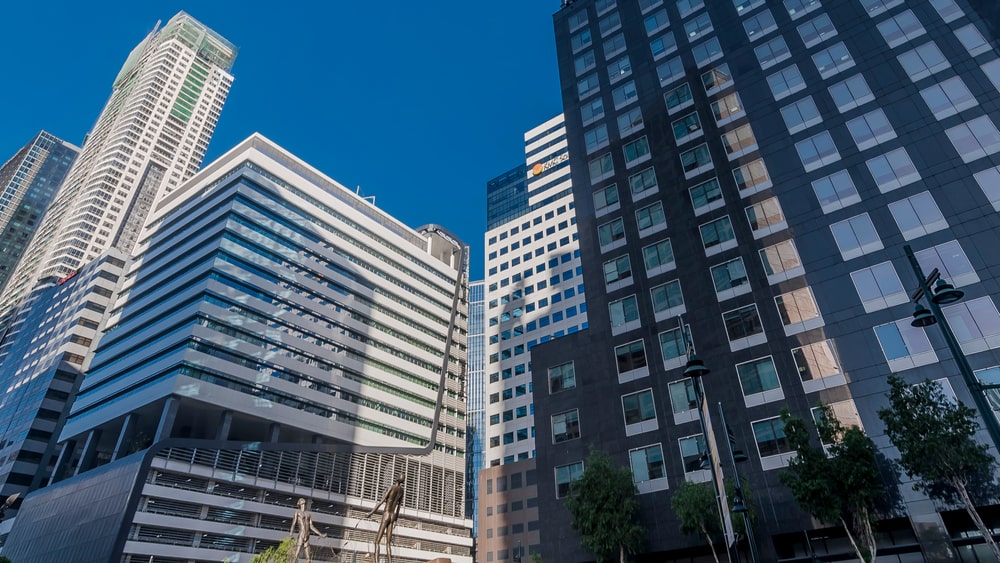Every year roughly 5.4 million new formal jobs are created in India. Across the nation, office properties are being developed and actively reimagined to provide future-ready workplaces. By 2030, the office stock in India is anticipated to reach over a billion sq. ft. from 600 million sq. ft. today. These spaces are being developed in the backdrop of a national reimagination led by a changing and more diverse workforce, accelerated digital transition and a commitment to decarbonize the economy.
In my view, the growth of real estate in India will be deeply intertwined and led by enhanced ESG performance, multiuse transit-oriented development, and technology integration —each of them having a substantial impact on the sustainability of our environment.
Standardized ESG performance and reporting:
It is crucial to acknowledge that buildings can be more than just physical structures; they can be agents of positive change. The industry will have to make a rapid and consistent transition to adopt sustainable design, construction and operations. Green buildings are climate-resilient, consume less water, optimally use energy, conserve natural resources, generate less waste, enhance biodiversity, and ensure healthier living spaces while providing overall well-being. The associated supply chains for the industry must also scale up the use of clean energy and become energy efficient and also reduce emissions.
The industry is setting stronger sustainability benchmarks with the help of leadership from the Confederation of Indian Industries (CII) and the Confederation of Real Estate Developers of India (CREDAI). Active forums like the Indian Green Building Council (IGBC) help to foster the exchange of ideas, transfer of knowledge and local and global best practices for a sustainable environment. Developers are collaborating with industry and government bodies to help tenants conserve energy and reduce energy costs by periodically engaging them in sustainable initiatives and making significant progress. For instance, according to a recent study by CBRE, the share of certified green office stock grew by 177% over the last decade. In NCR and Hyderabad almost 44% of all office stock has received at least one globally recognized sustainability certification.
Frameworks around Environment, Social and Governance are being formalized and adopted. Stakeholders across the investment lifecycle of real estate are increasingly incorporating ESG disclosures in their decision-making. This increased visibility is making climate resilience, community development, and employees’ health and well-being strategic priorities among corporate real estate leaders.
Multiuse transit-oriented developments:
The concept of sustainable real estate has moved beyond how to where. Today we not only look at how sustainability has been incorporated from design through end-of-life operation but also how it interacts with the greater urban scape of the community. Does the urban infrastructure around the building support individuals to reduce their carbon footprint daily? Developers are working with city leaders, urban planners, and ride-share providers to ensure that the residents or occupants of our real estate assets be better connected to the city. Through complete street initiatives that are adding dedicated cycle tracks, or shuttle services from metro stops to offices, our sustainability efforts continue to move beyond the walls of our assets. Even in existing assets, redevelopment projects across the nation are increasing the quality and type of amenities in office complexes. It is no longer surprising to be able to have a world-class meal, work out in a modern gym, and provide an exceptional education to your children within walking distance from where you work or live today.
Technology integration
If the last decade has highlighted the truly transformational potential technology can have for the Indian economy, the last two years have showcased the rapid adoption of that reality. Developers have taken notice and are not only focusing on the aesthetics and functionality of a building but also on “Development Intelligence” that aligns them to the prevailing environmental conditions and occupancy. Building Management Systems and Digital Twins are enabling operators to move from responding to predicting the needs of the occupants. Sensors and digital controls have made collecting and reporting progress seamless across stakeholders. While Proptech-based solutions that utilize artificial intelligence are not only enhancing the experience of occupants and staff, lowering costs and increasing safety but also enhancing the ESG performance of our assets.
Planet, not merely profit
While the impact of strategic ESG policies in the real estate industry must be observed and calibrated progressively, developers need to go beyond profits and action on the planet conservation plan to create more sustainable structures. The goal should be to make ESG the topmost priority for businesses and people thereby ensuring the well-being of the planet.

Authored by – Mr. Alok Aggarwal MD & CEO Brookfield Properties.



